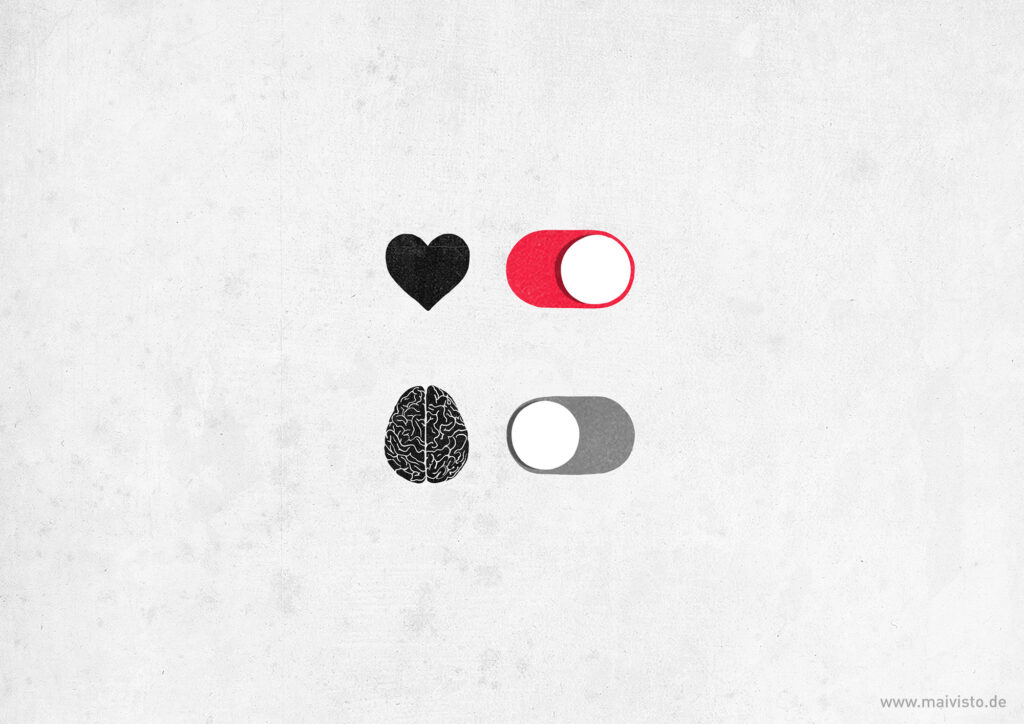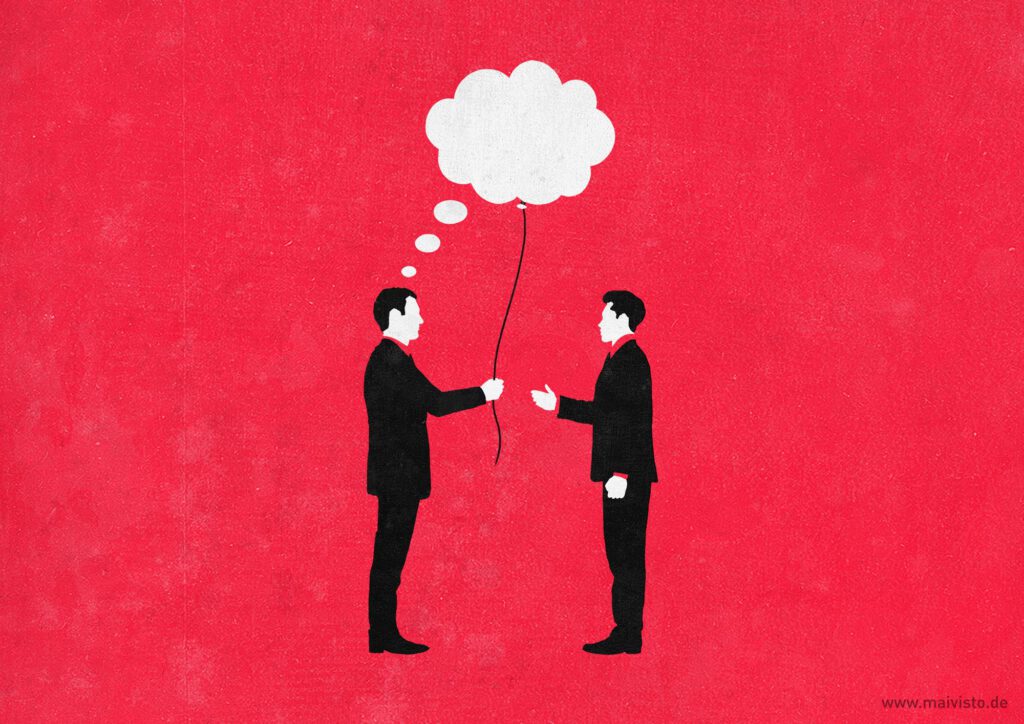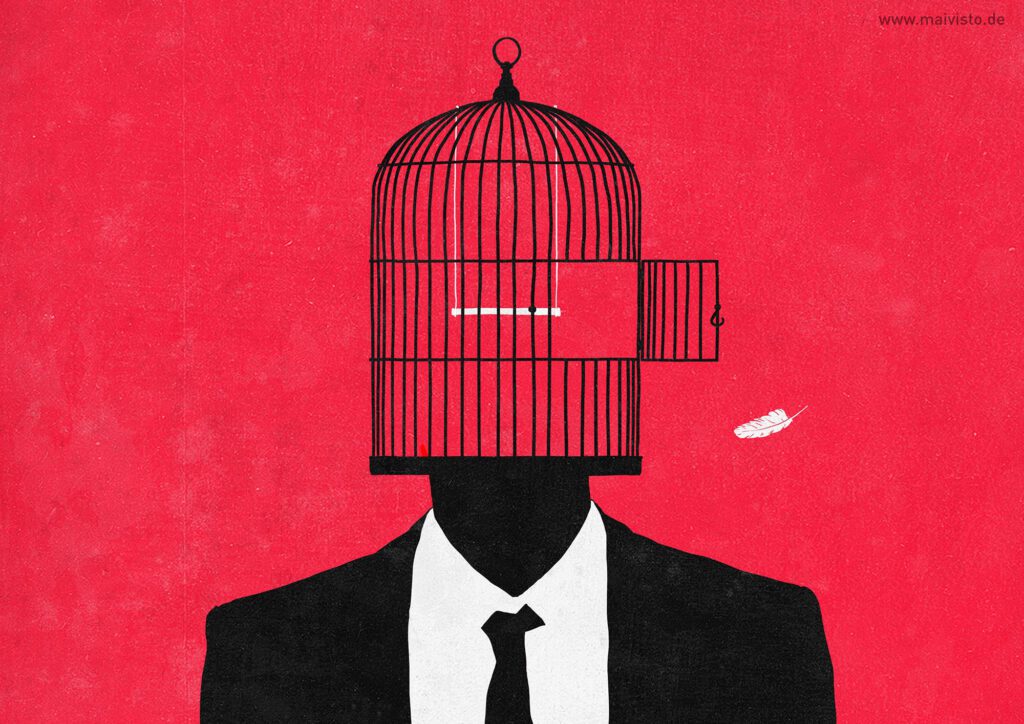“You can’t read the label when you’re inside the bottle.”
Chris Do (The Futur)
Business marketer Chris Do is talking here about how we have trouble seeing our own problems and the accompanying, most straightforward solutions. We can only see the world from our own point of view. People who give the most valuable advice often fail in their own lives. For the same reason, advertising and design agencies hire other agencies to develop their own corporate design. We are just too close.
I remember my classmate Laura. We were about 13 or 14 years old and sitting next to each other. While she was diligently taking notes in her notebook, I noticed something. Laura underlined headings and important points. Nothing unusual, actually. But the strokes were extraordinary: every single one was perfect. As if drawn with a ruler. No wobble, no quiver. They were all bolt upright.
I was amazed and asked her to draw several strokes in my notebook. She looked perplexed and drew several lines, one below the other. They looked like they were printed out even when I looked closely. Her friend on the other side had been listening and now noticed it too and said, “That’s right, they’re absolutely straight! Huh, how do you do that?”. It was fascinating.
But what surprised me the most was her reaction when I pointed it out. She was amazed at our enthusiasm, “Honestly?”. She had no idea of her gift. How could she not have known? Minutes later, as I turned back to my lesson, I saw Laura flipping through her notebook, examining her lines, and drawing more.
I don’t know what Laura is doing today. But somehow, I have the feeling that she still hadn’t forgotten that brief moment when she became aware of one of her talents. Just as I have not forgotten it.
When we recognize giftedness in people, we should let them know it. There’s a good chance they won’t have a clue about it, and who knows what direction their lives will take once they find out about it.


